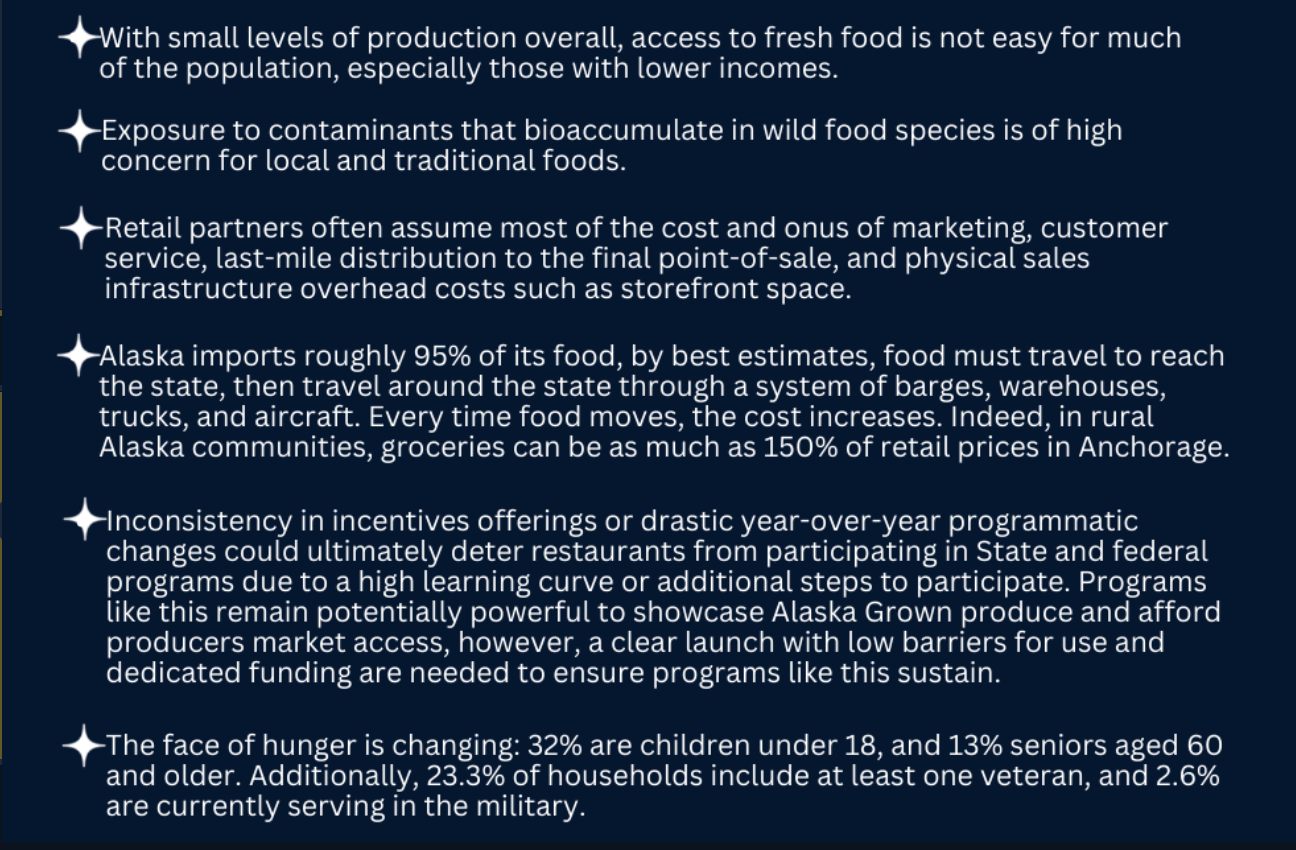Draft 'food security' report shows why state needs a real plan, not just the 'sell more land' ag fantasy from Dunleavy
In the closing weeks of his reelection campaign, Gov. Mike Dunleavy created two new “offices” within the governor’s office that he said would operate with no new staff members and required no budget increase.
The “offices” would be paid for with money the Legislature already approved for other purposes or for no specific purpose at all and the work would be done by people already on the state payroll. These were campaign creations.
Thus we now have the “Office of Energy Innovation,” created Sept. 30 and the “Office of Food Security,” established Sept. 16.
As I wrote here Sept. 16, the order creating the food office was larded up with platitudes, buzzwords and jargon and calls for immediate action to figure out what needs to be done to grow more food in Alaska.
Dunleavy’s superficial approach to “food security,” which he expounded upon during his campaign, is that the state’s role is to make land available to freedom-loving individuals who will do all the rest.
They will cut the trees, grow crops, raise animals, earn enough money to live, buy equipment, sell products to stores, compete with Fred Meyer, find markets, reach consumers and before long Alaska will no longer be importing nearly all of its food.
An expanded agriculture industry will never be created as long as the governor sees it as a simple matter of making land available—his approach will lead to more rural subdivisions and little agricultural development.
The Dunleavy plan to study agriculture comes with no specifics, no cost estimates and no recognition that the transportation advantages that exist to move food by air, barge and truck over thousands of miles at a relatively low cost are a benefit to Alaska consumers. And those same economics of transportation and distribution are a severe handicap to those who want to do more than talk about food security.
The complex situation we face appears to be understood by the 22-member “Alaska Food Security and Independence Task Force” created last spring. The task force, whose members are listed here, was supposed to end its existence November 30, but its final report hasn’t been released.
The 232-page draft report, which you can read here, provides overwhelming evidence that the Dunleavy imaginary food security plan—limited to unloading more state land and dreaming that a new industry will come into existence by magic—has no chance.
If we really want to do something about food security, the state has to deal with the weaknesses and challenges identified in the draft report, some of them listed below.
It wouldn’t be cheap or easy. It would take state leadership, the sort that has been missing from Dunleavy over the last four years.
Your contributions help support independent analysis and political commentary by Alaska reporter and author Dermot Cole. Thank you for reading and for your support. Either click here to use PayPal or send checks to: Dermot Cole, Box 10673, Fairbanks, AK 99710-0673



